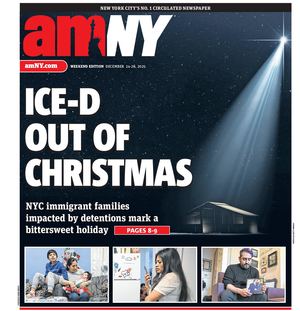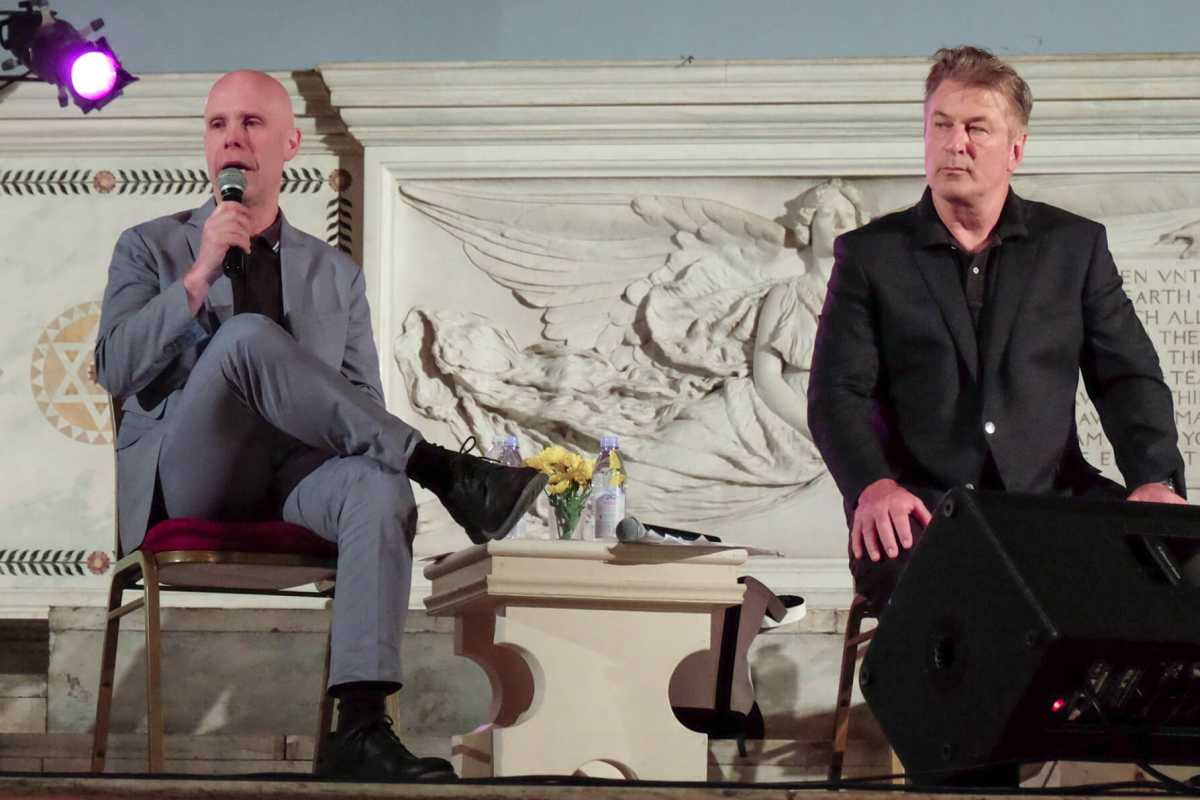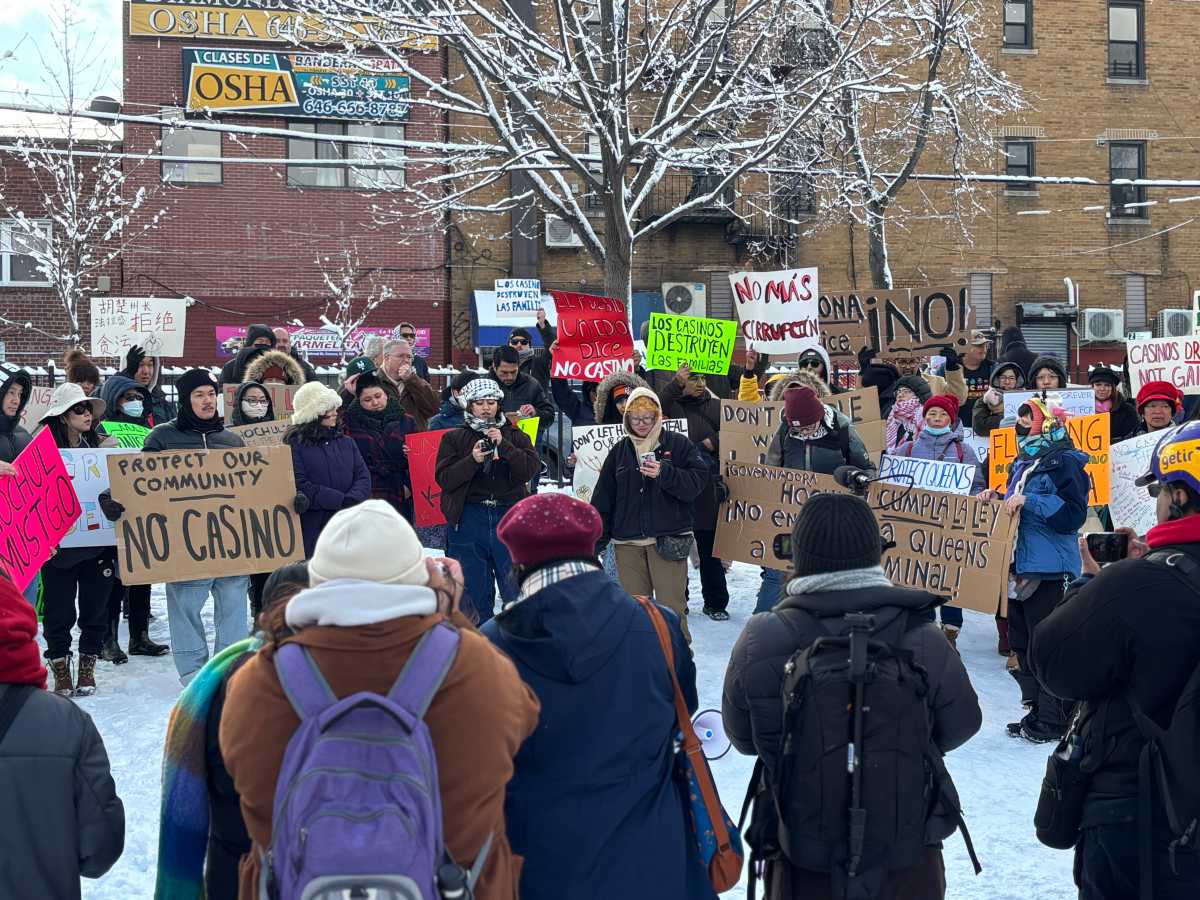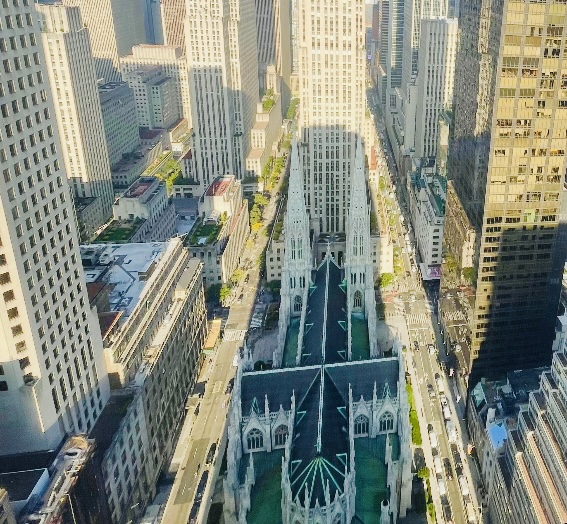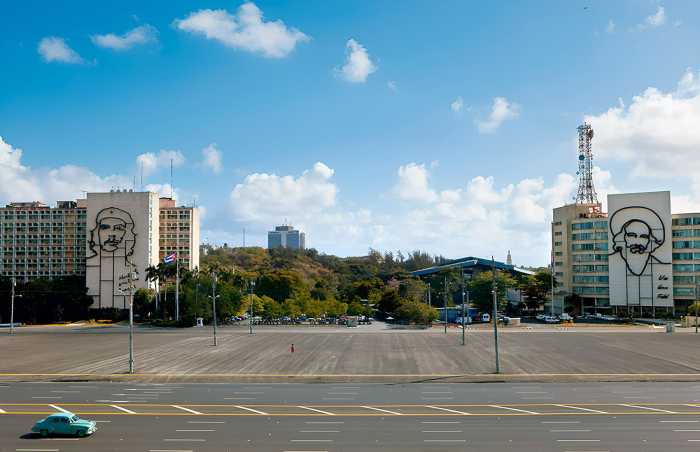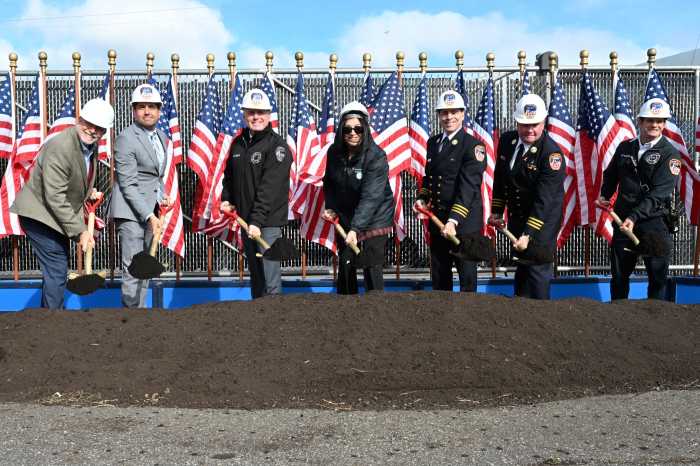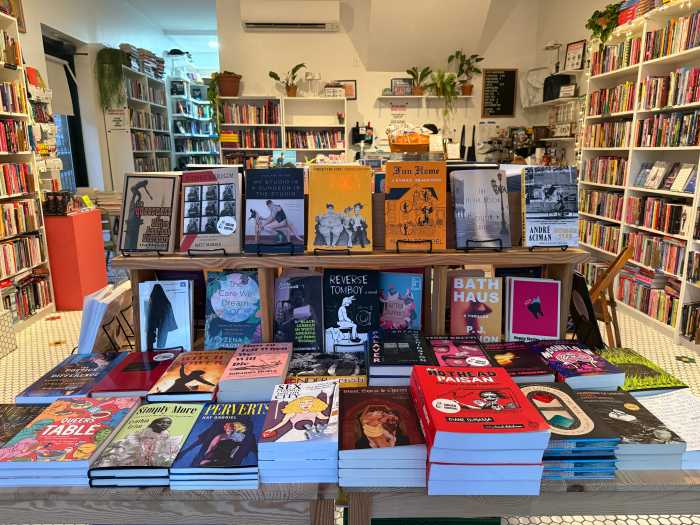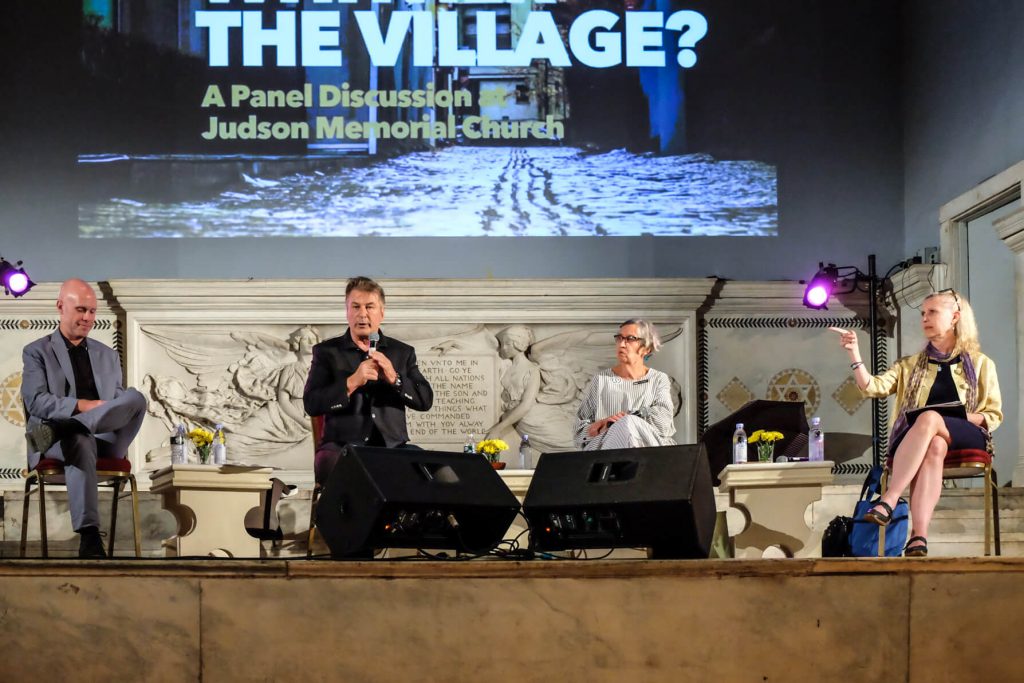
BY GABE HERMAN | A panel discussion at Judson Memorial Church on June 20 explored issues facing Greenwich Village — prominently, gentrification — and possible ideas for improving the area.
Called “Whither the Village?” the event was moderated by actor Alec Baldwin, and included panelists Reverend Donna Schaper, Judson’s senior minister; Allyson Green, dean of New York University’s Tisch School of the Arts; and Andrew Berman, executive director of Village Preservation.
Baldwin shared his history with the Village, which goes back decades. He came to the city in 1979 to attend N.Y.U.’s Tisch School.
“It was a different New York,” he reflected. “The soul of New York has migrated over to Brooklyn.”
But he said the Village has always felt different to him, though years ago the retail scene was different.
“Retail seemed subdued, quaint, dare I say, indigenous,” he said.
While N.Y.U. is seen as a colossus in the Village, Baldwin said the school must grow to compete, and there’s no going back.
He noted that change is inevitable, a common theme of the panel.
“There’s more tall buildings in the Village than I can recall,” he said.
Baldwin said there is more of a community feeling Downtown than where he formerly lived on Central Park West on the Upper West Side.
“We need bold things,” he said, on helping the Village. Regarding all the closed retail storefronts, he suggested that, if retail won’t come back, why not turn buildings into affordable housing?
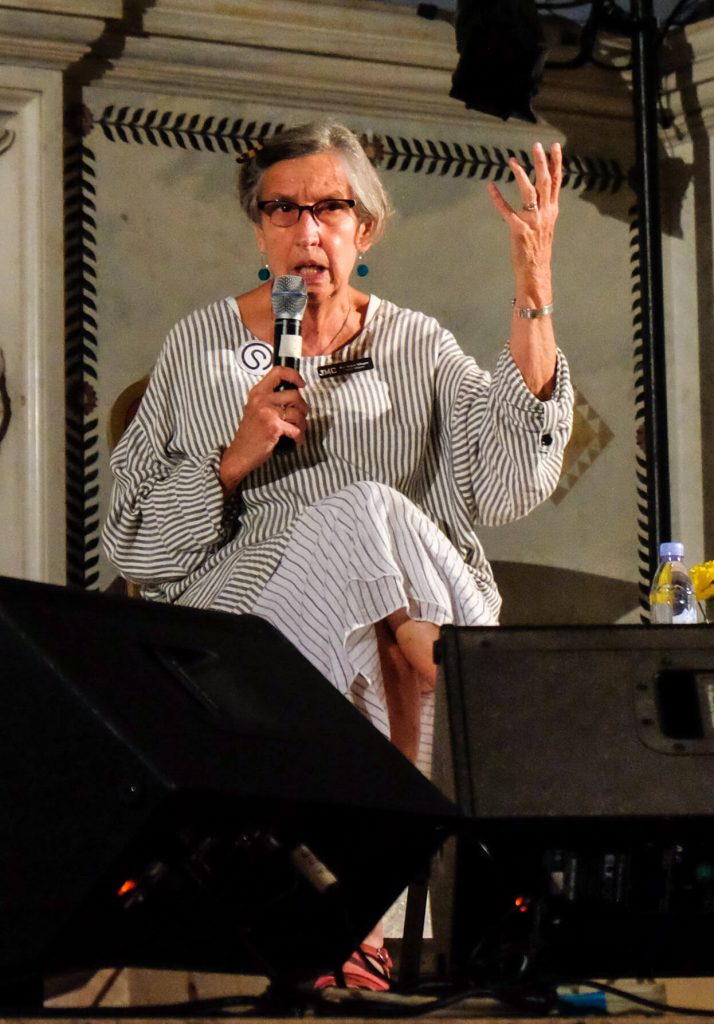
When Schaper was asked what she missed most about the pre-gentrified Village, she said simply, “the low rents.”
“The Village can’t be what it used to be anymore,” she said, adding that the neighborhood can’t be expensive yet still edgy and avant-garde. At the same time, though, she felt it was a false choice to paint things as merely being between poor and artistic, or rich and not.
“The Village did change primarily by the extraordinary success of N.Y.U.,” Schaper stated. But although the school caused gentrification and forced out the bohemians, she said it also benefits the Village by adding a global diversity. “We are much less white because of N.Y.U.,” she said.
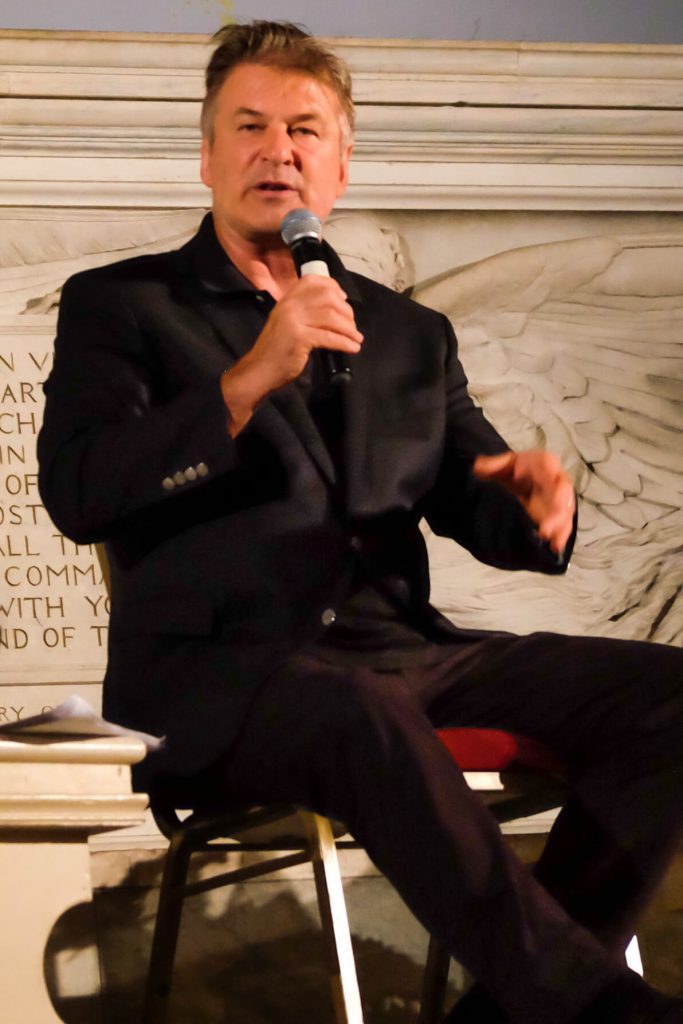
Schaper wondered if the university could be corralled into something edgy and experimental, tossing out ideas such as making the school greener, opening N.Y.U. facilities, like the gym, to non-N.Y.U.-affiliated persons on some days, and a self-tax on the school to go toward something like affordable housing in the neighborhood.
Schaper said she would like to see all of University Place closed off to cars, to connect Union Square and Washington Square Park.
“Wouldn’t that be fun and different?” she said.
The Department of Transportation is currently proposing to make just one block of University Place a “shared street,” with a 5-mile-per-hour speed limit for cars, despite Community Board 2 wanting the whole street closed to cars.
Green of N.Y.U. said she had lived in the Village since 1986, and that her sister was minister at Judson from 1996 to ’98.
She said she missed all the bookstores the Village once had. She added that she felt Tisch was a part of the Village, not something working against it. She mentioned she was part of a committee on the N.Y.U. 2031 expansion plan that cared deeply about the megaproject’s impact on the Village. She noted she was not speaking for N.Y.U. as a whole.
“We are the Village, too,” she asserted of Tisch, adding the school has students from around the world and every state in the country. “The culture of the Village is baked into our DNA.”
Despite complaints of the university’s impact on the community, she said that without N.Y.U., it was “more likely [the Village] would’ve been an enclave of high-rise condos.”
Green said closing University Place to cars would improve the area’s quality of life and cut car pollution.
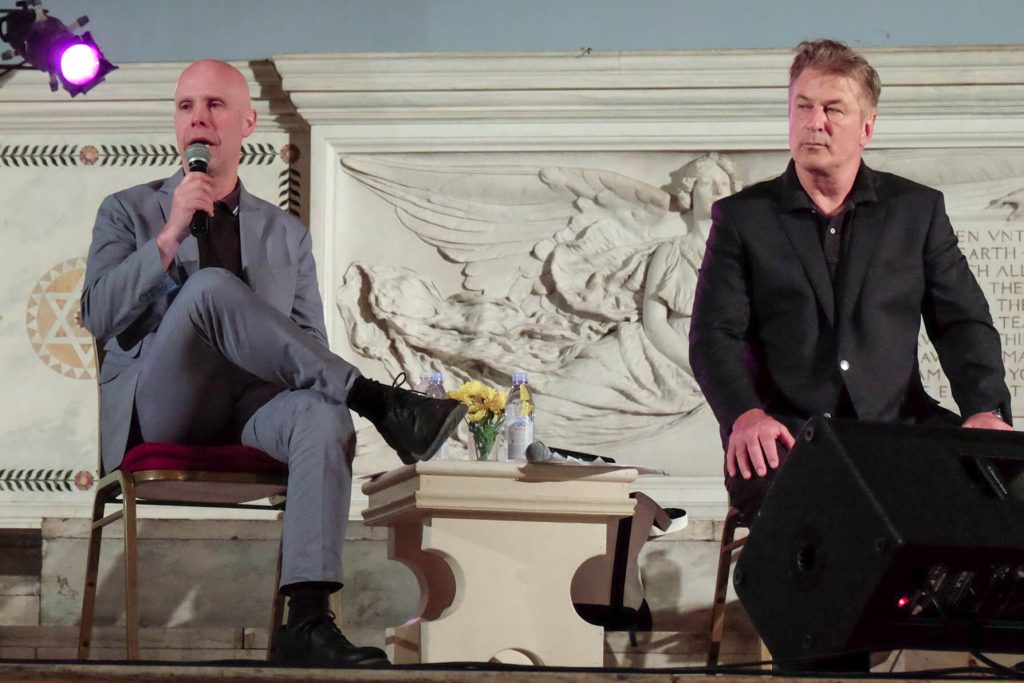
Berman said that the federal government wasn’t as invested in affordable housing as it used to be, and that older, historic neighborhoods like the Village had become more desirable in recent years, both of which have impacted the Village.
He said that while N.Y.U., The Cooper Union and the New School were great assets locally, they also present challenges in their ongoing need to expand.
Regarding University Place, Berman said having more pedestrian-friendly areas is a good thing, but worried the street would be privatized for use by local businesses, which has happened elsewhere, such as Herald Square, he noted. And he wondered where the car traffic would go.
“So much of this is about disinvestment in the public good,” Berman said of the government’s role in helping areas like the Village. He said he grew up in affordable housing, which gave him and others a solid start in life, but that opportunities like that are rarer nowadays.
The room was about three-quarters full for the event. During audience questions, one woman, wondering what to do about Silicon Alley creeping below 14 St., said that Councilmember Carlina Rivera had not protected the area from possible expansion.
The preservationist said it was worth considering the possibility that a pedestrianized “connector” between Union Square and Washington Square might only help further spur that kind of tech expansion.
Baldwin wrapped up by saying he would love to have this kind of talk again about more issues, especially ahead of the 2020 presidential election, which Schaper agreed with.
Afterward, Robert Reiss, a third-generation Villager who comes to Judson occasionally, though he is not a member, said he was disappointed with the discussion and felt it was too soft on N.Y.U.
“This is not Village preservation,” he said, calling the University Place idea a “suburban mall” and a “hacky” idea. He said he had had high hopes for the event, but found it “anodyne in content and tenor.”
Speaking afterward, Berman said, “I thought it was a useful discussion on a topic that needs and deserves much more time than any one panel discussion can provide.”
He said he hoped for further talks about N.Y.U.’s role and impact on the Village, including how to mitigate its expansion and to plan more thoughtfully regarding the surrounding neighborhood.
“But I think conversations like this are an important venue for thinking about what we want to change about the Village and what we want to preserve, as well as identifying those things we can change and those we may just need to accept,” Berman stated. “Given Judson’s longtime role in the Village, I think it’s the perfect venue for such a conversation, and I hope to be part of more.”
